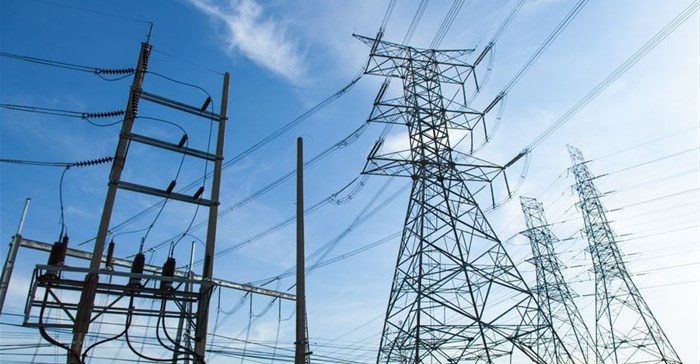The country has embarked on a massive grid expansion plan and, according to the Electricity Regulator Authority, Uganda will require approximately $2.5bn by 2026 to invest in both the transmission and distribution system.
“We know that a reliable and extensive power supply system is the fundamental prerequisite for economic growth, while infrastructure and oil sector investments are likely to support growth in Uganda over the medium term. The potential exists for Uganda to diversify its economy and create opportunities for industrialisation that will increase electricity demand, create sustainable revenue streams and opportunities for job creation,” added Sabine Dall’Omo, CEO of Siemens Southern and Eastern Africa.
Energy mix
Uganda’s energy mix is currently generated from three main sources; hydro power contributing the bulk at close to 80% while thermal (+/-22%) and biomass (+/-3%) contribute the balance. The country has the potential of generating power from other renewable sources like peat, solar PV, bagasse cogeneration, wind and natural gas.
The country has in recent years implemented the regulatory framework to boost private sector participation and investment in the generation and distribution space. Gaining access to low interest rate finance and deploying the best innovative and reliable technologies remain critical to sustainable infrastructure development.
“We want to support sustainable development – with solutions and projects in Africa, for Africa and are actively reviewing the requirements for the organisation to open an office in Uganda taking into consideration business sustainability,” Dall’Omo concluded.

















